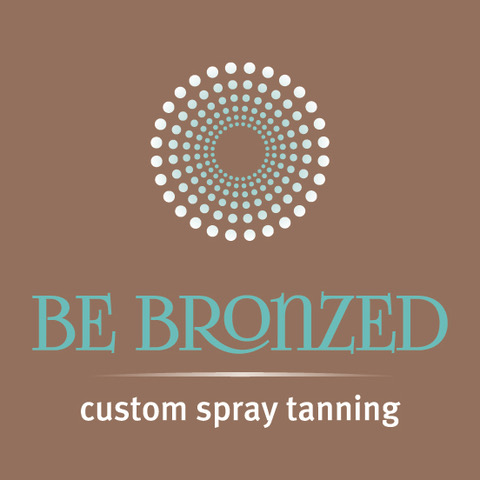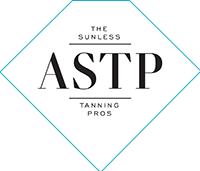What To Expect
Be Bronzed combines the two fastest growing industry segments: sunless tanning and high-end skincare to give your skin a hydrated glowing look.
How do Sunless tanning products work?
Sunless tanning products give your skin a tanned look without exposing it to harmful ultraviolet (UV) rays. Sunless tanning products are commonly sold as lotions, creams and sprays you apply to your skin. The active ingredient in most sunless tanning products is the color additive, dihydroxyacetone (DHA). When applied, dihydroxyacetone (DHA) reacts with dead cells in the skin’s surface to temporarily darken the skin and simulate a tan. The coloring typically wears off after a few days.
Sunless Tanning vs. UV Tanning: Important Facts for consider?
The tanning trend does not seem like it’s going away any time soon. As long as people enjoy the healthier look of a bronzed, glowing, and radiant sun-kissed complexion, people will continue to explore and experiment with different methods and products for tanning, whether these are natural procedures or more synthetic alternatives.
Spray Tanning :
What it is: DHA-based tanning solutions are applied all over the body to produce pigmentation. Most tanning salons offer spray tan booths, and many are now also offering spray tanning for more even, controlled results.
Cost: Generic spray tan sessions cost between $25-$50+ per session on the average, while customized airbrush tanning usually start at $50 per session
Safety: Spray tan solutions have been approved for external application, however, spray tans have not been approved for safe ingestion. To keep yourself protected, make sure your eyes, nose, mouth, hands are adequately protected while being sprayed or airbrushed. Upon request
Be Bronzed will have nose and eye protectors for your use.
Tan longevity: Most spray tanning results usually last about a week, after which it starts to fade and you have to follow up with another session.
Self Tanners :
What it is: DIY tanning products such as tan sprays, bronzers, lotions, creams, mousse, gel and other products for achieving tanned, youthful skin.
Cost: Self tanning products can set you back as low as $7-$9, and as high as $70 (many more expensive).
Safety: Arguably the safest because they minimize sun exposure, but self tanners should not be abused or overused. Risk of streaking or orange when not applied properly.
Tan Longevity: One week is the average time for results. Careful maintenance can prolong the color you achieve.
Tanning beds :
What it is: A popular form of sunless tanning, these tanning beds use synthetic UV rays to produce the same skin pigmentation as sunbathing.
Cost: Sessions can range from as low as $20 per session, to as high as $50 or more per use. There are different levels and intensities of tanning beds available. Usually, tanning salons offer memberships or packages for multiple tanning bed sessions.
Safety: Studies have shown that the UV rays in tanning beds are not much different from natural sunlight as far as potential skin damage is concerned. If you space out your tanning bed visits, don’t spend too much time in the tanning bed and consider using a tanning bed tanning lotion, you should be fine. It is certainly worth noting that the World Health Organization has issued an official statement indicating that tanning beds do contribute to an increased risk in Melanoma.
Tan longevity: Tanning bed results last up to 10 days at most, so maintenance visits are generally necessary.
Sunbathing :
What it is: Of course, the most natural tan would come from the most natural source, and that is sunlight. People who live close to the beach often lay out under the sun, soaking up the rays and working on their tans. Those who do not live close to the water can opt for backyard pools or even just sunbathing in their yard or roof deck. Please note: Sunbathing is seasonal and location dependent.
Cost: Unless you are flying to some beach resort every weekend just for some sunbathing, this is the most cost-effective. If you have a big outdoor area where you can lay out under the sun, sunbathing is free.
Safety: Too much sun exposure can lead to skin cancers, malignant melanoma, wrinkles, spots, and excessive drying. Cancer.org has an in-depth article that discusses the link between Melanoma and sun exposure.
Tan longevity: This natural tan can last a week to 10 days depending on your lifestyle and maintenance.





